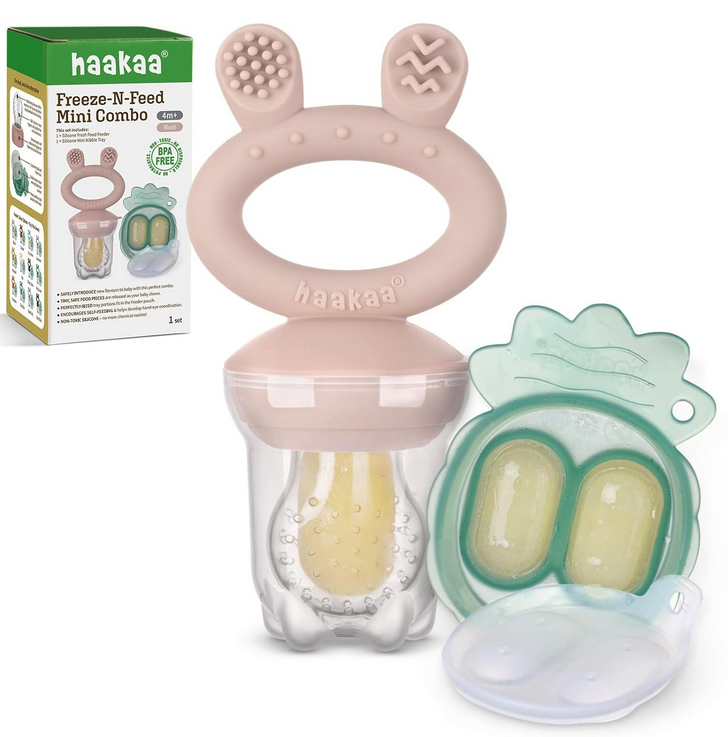
Tongue ties & Lip ties
What is a tongue tie?
The tongue’s full range of motion is restricted. It is being tethered to the floor of the mouth by a tight lingual frenulum.
This frenulum is formed by fascia at the floor of the mouth that is folded and drawn up when the tongue is elevated.
Tongue ties range from obvious, making the tip of the tongue heart shaped, to not visible at all. In the latter case, that would be a posterior tongue tie.
What is a lip tie?
The lip’s full range of motion is restricted. It’s being tethered to the gums by a tight labial frenulum.
do ties effect breastfeeding?
Sometimes.
Ties can make it harder for babies to get a good latch, and use their tongue to suck as it should.
Babies with tongue ties may:
Exert more energy while feeding
Have trouble gaining weight
Prefer frequent and long feedings
Have reflux and/or gas from air intake during feedings
Tongue and lip ties can also cause
Nipple pain
Nipple damage
Milk supply issues
Clogged ducts
Mastitis
Your IBCLC will advise you on how you and your baby can get a better, more effective latch.
Releasing tethered oral tissue
Getting your baby’s tethered oral tissue (TOT) released is a commitment, as the aftercare can be daunting. You will have to do the stretches every few hours (day and night) for a few weeks.
Days 3-4 there will be a lot of inflammation, and your baby may be distressed. You may regret doing it those days, but after around day 5 you will see more and more improvement, and your baby will most likely be happier.
post-release
stretches
Dr Tynan with Serendipity Dental in Lexington, KY does a great job explaining the stretches in this video.
Here is another great resource from Dr. Ghahiri. It goes over aftercare and stretches.
Of course, follow your pediatric dentist’s advice on how and when to do the stretches.
side effects after a release:
Common:
Inflammation
Pain
Drooling
Spit-up
Uncommon:
Infection, which is possible after any procedure that cuts into skin.
The best way to avoid this is to either wash your hands before stretches, or wear clean, disposable gloves.
Pain Management
Cold- gently placed on the wound
Thin milk chips
Freeze a thin layer of breastmilk or formula
Break apart the block into very small chips
Place chips on the wound and let them melt
Popsicles
Breastmilk
Baby puree (for babies 6 months +)
Frozen teether toy
Medication
Your pediatric dentist will prescribe an over the counter pain medication.
Distraction
This may be needed to get baby to breastfeed.
Bouncing
Pro tip: If you’re tired, hold baby on a yoga ball and bounce
Taking a walk
Take a soothing bath or shower together (carefully)
handy tools ↓
Links here may earn us a very small commission.
when to follow-up
Make an appointment 4-5 days after the release.
We can …
Do an oral exam and check on stretches
Help with breastfeeding after the release
Teach suck training
body work
Babies with TOT often have extra body tension, and can benefit from body work.
In mild TOT cases and posterior tongue ties, body work may be all that is needed to release muscular and fascial tension.
Some great stretches you can do at home:
Guppy stretches
Tummy time
Guppy Pose Video on YouTube, from LA Lactation, LLC
-
Louisville Family Chiropractic(502) 326-9950 7300
New La Grange Rd
Louisville, KY 40222Kuperus Family Chiropractic (502) 426-6715 7410
New La Grange Rd, #202
Louisville, KY 40222Middletown Family Chiropractic
Dr. Liz Joy (502) 253-6770
13012 Shelbyville Rd
Louisville, KY 40243Associates in Pediatric Therapy
Kristen Wilcox, MS, OTR/LBe Free Structural Integration
Andrea Hollett LMT, SI
suck training
a great way to stretch the tongue
that’s still fun for your baby.
Why?
To strengthen and stretch the muscles and fascia of the mouth.
To keep a release from re-adhering.
When?
When your baby is in a good mood. Stop the moment your baby seems like they’ve had enough.
If your baby’s had a release:
Skip suck training on peak inflammation days.
Don’t do it at the same time as post-release stretches.
how?
Here are 3 great exercises:
Hot dog: This helps strengthen the tongue and increase the lift.
Allow baby to suck on your finger with the pad of your finger touching to roof of his mouth.
Once baby is attached, put a little pressure on baby’s chin while lifting your finger up to baby’s palate. This will motivate baby to lift and scoop their tongue around your finger like a hotdog bun.
Tug of War: This helps improve tongue extension.
Allow baby to suck on your finger with the pad of your finger touching to roof of his mouth.
Pull your finger away to encourage them to scoop around your finger with their tongue to draw you back in.
Rainbows: This stretches the sides of the tongue, and helps improve tongue extension.
With your finger or a teething toy, trace around baby's top gum ridge.
Repeat this around the outside of baby’s lips.
The goal is that their tongue should follow and stretch from side to side.








